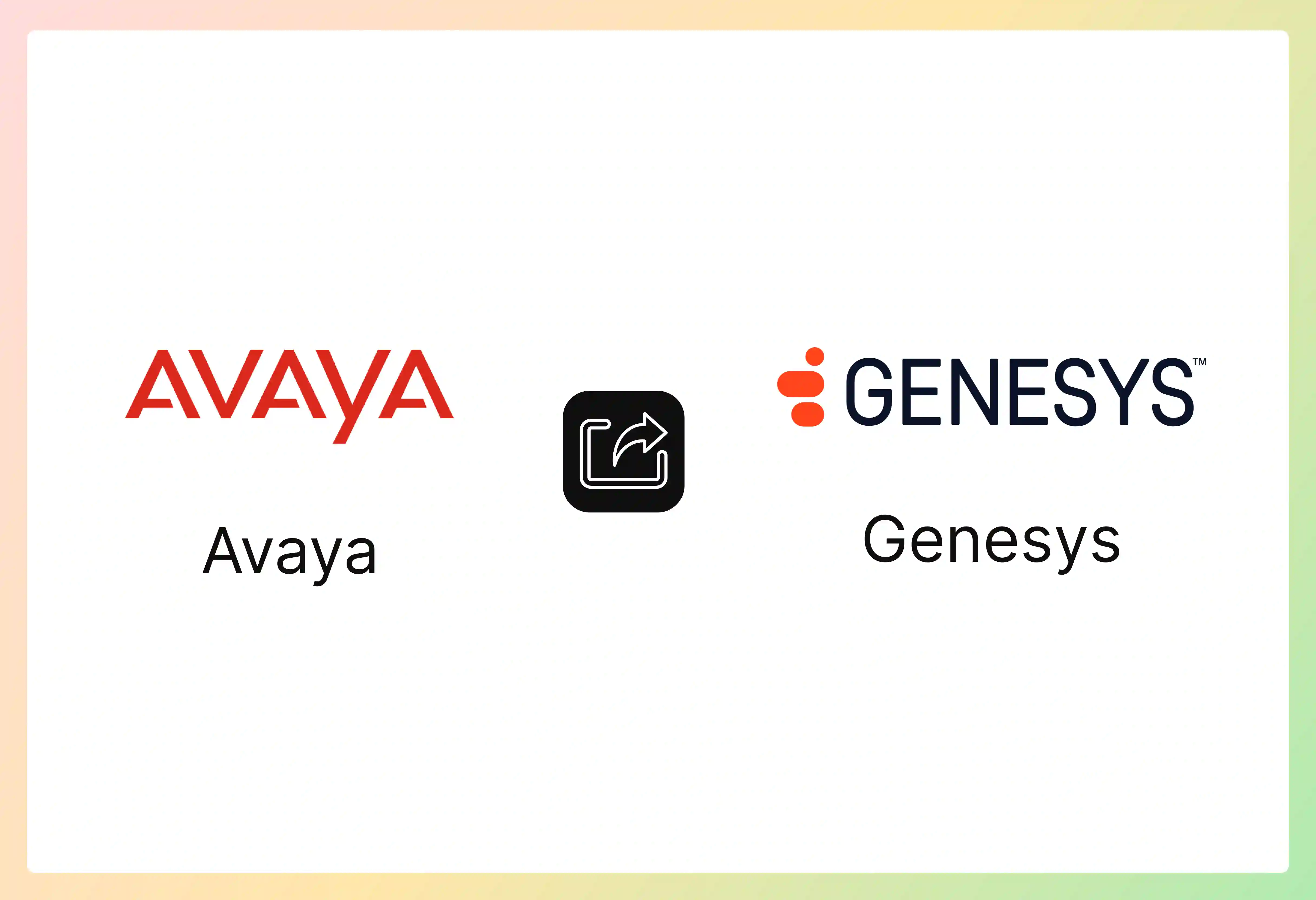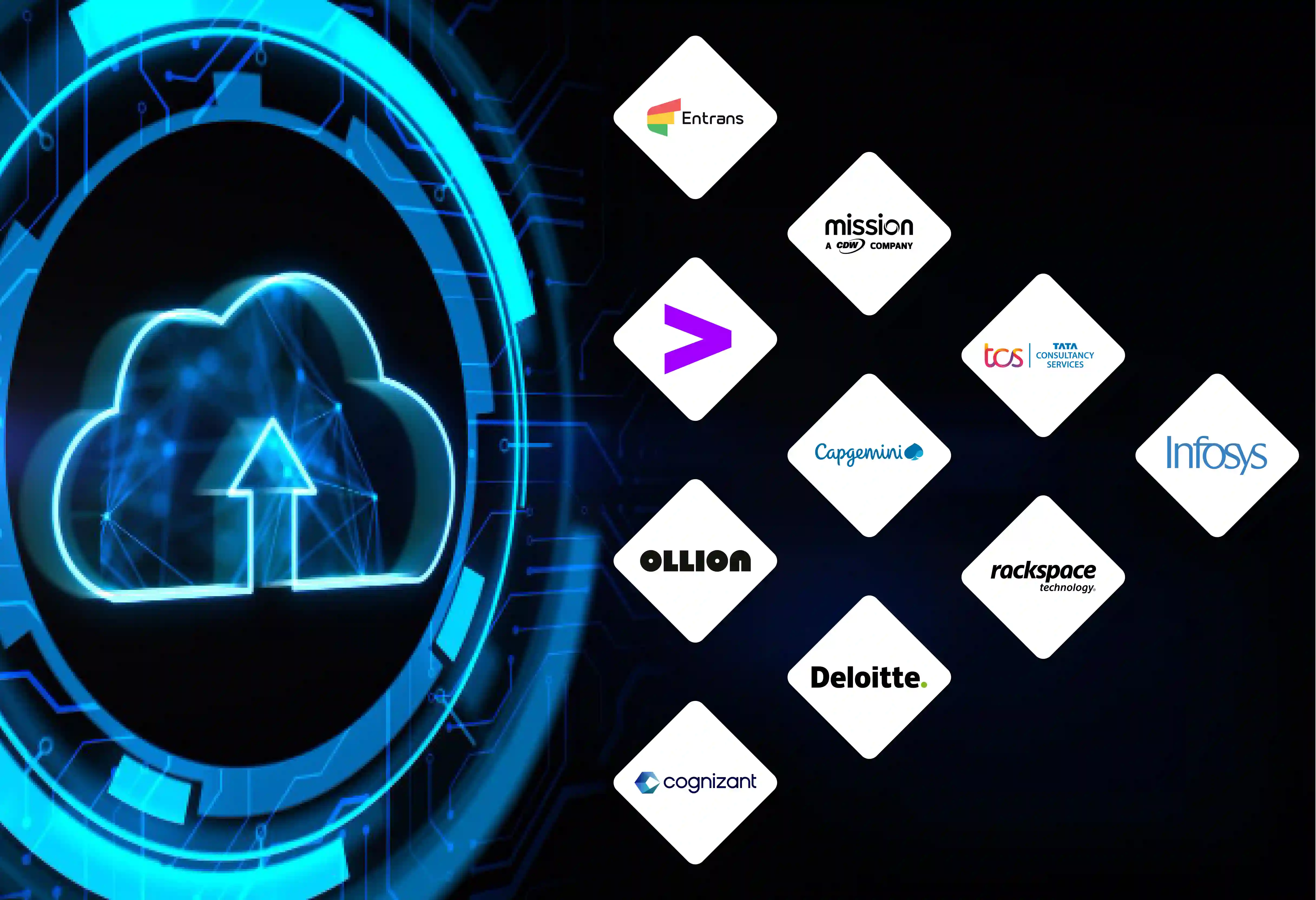A Comprehensive Guide to Migrating from Qlik to Power BI





So for anyone working with Qlik - here’s everything you to know when migrating from Qlik to Power BI
Is Power BI Better Than Qlik?
Yes, but it depends! For most companies, PowerBI is the right choice it can easily be shared and integrated with several different databases. This helps with better real-time visibility when compared to Qilk. Currently, it's also a very popular choice that most data scientists work with.
Another benefit people like with PowerBI is that since it is a Windows software it can be integrated with Microsoft Aure and SQl a lot more easily.
However, if you’re looking for more detailed dashboards or complex data scenarios Qilk is likely the better choice.

Migration from Qlik to Power BI (3 Steps)
Step 1: Plan Your Migration Based on Existing Database
When looking at data compatibility and preparing data sources, planning a Qlik-to-Power BI migration requires meticulous groundwork. While it’s easy to focus on the migration itself, the reality is that careful planning is essential to prioritize data integrity.
With this, you’ll need to make sure your existing data and databases are integrated into Power BI in a manner that fits with your business priorities. But on the whole, here are the main steps you’ll need to pay attention to.
- Prioritize Data to Migrate: With this, you’ll need to look at data and metadata that are critical for day-to-day business and smooth functioning.
- Database Compatibility Check: Confirm data formats align with Power BI.
- Data Cleansing: Address data quality issues to prevent discrepancies.
- Permissions Audit: Review access controls for secure data handling.
- Scalability Assessment: Ensure Power BI supports future data growth.
Step 2: Initiate Data Migration to PowerBI
Data integrity and optimizing report functionality are two major parts of a proper and accurate Power BI platform. With this, initiating a migration from Qlik to Power BI requires careful planning. While it’s easy to underestimate the complexity of data handling, aligning migration steps is crucial for a smooth transition.
If you’re experienced with BI migrations, you know just how critical structured steps are for minimizing disruptions. Key actions include:
- Data Mapping: Match data structures from Qlik to Power BI models.
- ETL Adjustment: Modify extraction, transformation, and load processes.
- Validation Testing: Ensure data consistency across both platforms.
Step 3: Upskill and Train Your Team to Handle PowerBI
Whether it’s learning new visualization techniques or mastering data connections, upskilling your team for Power BI is essential for a successful migration from Qlik. While it may seem simple to adopt new tools, the reality is that focused training is vital for operational efficiency.
When upskilling your team you’ll need to make sure that they can be self-starters and work effectively with your data on your PowerBI platform. To do this, some aspects you need to cover during training would include:
- Foundational Training: Cover Power BI basics, including dashboards and data modeling.
- Advanced Techniques: Teach DAX functions and custom visuals.
- Data Security Practices: Emphasize access controls and compliance standards.
What are the Main Reasons to Migrate to Power BI?
Better Shareability
When it comes to sharing data, keeping control over access is key. Power BI makes this easy, allowing companies to set clear rules on who can see what, and from where.
Centralized data management, secure sharing, and custom permissions help reduce risk while still providing necessary information. For teams, this means they can access the insights they need to work effectively. At the same time, IT can relax knowing critical data is protected. It’s a win-win—secure data sharing that empowers teams.
A Lot More Cost Effective
Want the most affordable costs while improving your data capabilities? Well, Migrating to Power BI allows a better, more cost-effective solution for companies of all sizes.
With its cloud-based architecture, Power BI reduces the need for expensive hardware and maintenance, allowing teams to focus resources on analytics rather than infrastructure. For businesses, this means streamlined budgeting and improved ROI on data projects.
By consolidating data analysis into a single platform, organizations can achieve greater efficiency without compromising on performance. It's a smart move for any data-driven enterprise.
Improved Data Visualization in Real Time
When it comes to making quick decisions, seeing data in real time can make a huge difference. Power BI is great for this. It lets companies easily set up live dashboards that show current data instantly.
Centralized data sources, interactive visuals, and real-time updates help teams stay informed without delays or manual reports.
For decision-makers, this means they have the latest insights on hand. The IT team can feel confident, knowing that information is accurate and up-to-date. It’s efficient and empowers everyone to make better choices fast.
Easier to Access on Mobile Devices
Looking to look at your analytics on the go? Well, that’s another reason people love Power BI! It makes mobile access a whole easier, improving how teams interact with data anytime, anywhere.
As mobile usage continues to rise, having a reliable mobile solution is essential. Power BI’s mobile app offers a responsive design, allowing users to access dashboards and reports easily from their smartphones or tablets.
This accessibility ensures that decision-makers can stay informed on critical metrics, no matter where they are. For companies, this means teams that can make timely decisions, driving success in today’s fast-paced environment.
Manage Data From Multiple Sources on One Platform
When managing data, it’s necessary to bring everything into one place. Power BI is ideal for this. It lets companies easily connect multiple data sources, making it simple to view and analyze everything together.
Centralized data integration, seamless source connections, and unified dashboards help streamline workflows while keeping data accessible. For teams, this means they can make informed decisions with complete data.
Easier to Use With Microsoft Products
Looking to enhance your data analytics while streamlining workflows? Migrating to Power BI makes integration with Microsoft products seamless.
As a native component of the Microsoft ecosystem, Power BI effortlessly connects with tools like Excel, SharePoint, and Azure, enabling teams to leverage existing data sources without hassle. This compatibility ensures that organizations can harness their current investments while maximizing efficiency.
For users, it means a smoother experience as they analyze data across platforms, leading to more informed decision-making and enhanced collaboration. It's a powerful advantage for any organization.
What are the Best Practices When Migrating to Power BI?
Create a Roadmap
When migrating to Power BI, having a clear roadmap is crucial. It lets companies outline each stage, making sure that nothing is overlooked.
Structured planning, phased rollouts, and detailed milestones help mitigate migration risks while keeping data intact. For teams, this means they can adopt new tools smoothly without disruption.
The IT team can feel confident, knowing each step is mapped out and secure. It’s a win-win because it keeps the migration organized while allowing teams to transition effectively.
Evaluate Your Existing Data
Imagine trying to navigate a maze without knowing where the exits are. That’s what it’s like managing your analytics without evaluating your existing data first. Looking at data quality and relevance before migrating to Power BI is important —it identifies what to keep and what to discard.
For organizations, this means cleaner data and improved reporting capabilities. It enables teams to focus on actionable insights rather than sifting through irrelevant information. Ultimately, it sets the stage for a successful migration and enhanced decision-making.
Create a Timeline for Your Roadmap Keeping in Mind Data Transformation
When migrating to Power BI, establishing a timeline for your roadmap is vital. It allows companies to coordinate data transformation tasks and ensure a smooth transition.
Detailed timelines, clear deadlines, and transformation checkpoints help streamline the process while maintaining data integrity. For teams, this means they can prepare for changes without confusion or delays.
The IT team can feel assured, knowing that every step is scheduled and managed. It’s beneficial for everyone because it keeps the migration organized while facilitating a seamless upgrade.
Actively Upskill Your Team to Handle the PoweBI
Some organizations hesitate to upskill their teams for Power BI, fearing it might be a daunting task. However, investing in training is vital for maximizing the platform’s capabilities! Power BI offers advanced features, from DAX formulas to data modeling, which can transform analytics processes.
For teams, this means greater efficiency and enhanced data-driven decision-making. While initial training can seem overwhelming, structured learning paths and hands-on practice empower employees to leverage Power BI effectively. At Infisign, we provide tailored training resources that help teams confidently navigate Power BI, ensuring you harness its full potential.
Test Migrated Data and Validate
When migrating to Power BI, testing migrated data is essential for accuracy. It ensures that the data transformation process preserves integrity and functionality.
Data validation checks, automated testing scripts, and comparison reports help identify discrepancies while maintaining data quality. For teams, this means they can trust that the insights generated are reliable. The IT team can feel secure, knowing that any issues are addressed before going live. It’s beneficial for everyone because it enhances confidence in the data while supporting informed decision-making.
Create a Data Governance Framework for Compliance and Better Performance
Imagine trying to manage a store or restaurant without a plan. That’s what it’s like migrating to Power BI without a data governance framework! This is why creating clear data governance guidelines is essential. It also makes sure that there’s compliance and performance of your database.
For some companies, this means better data quality and accountability throughout the migration process. However, It also helps teams to make better decisions while lowering risks associated with data misuse. Ultimately, it creates a clear environment where data can be used as effectively as possible, which leads to better analytics and reporting.
Monitor Your Database
When migrating to Power BI, monitoring your database is crucial for optimal performance. It allows companies to ensure data integrity and responsiveness throughout the transition.
Real-time performance metrics, automated alerts, and usage analytics help identify potential issues early while maintaining operational efficiency. For teams, this means they can address anomalies before they escalate.
The IT team can feel confident, knowing that the database is continuously assessed for issues. It’s advantageous for everyone because it supports a seamless experience while facilitating data-driven decision-making.
Why Not Get Assistance from PowerBI Migration Experts?
Some organizations hesitate to seek expert assistance for their Power BI migration, thinking they can manage it alone. However, partnering with migration experts can streamline the transition and ensure data integrity! Specialists bring advanced knowledge of data structures, ETL processes, and best practices, which minimizes downtime and reduces errors.
For teams, this means a smoother experience and faster access to insights. While DIY migration might seem appealing, leveraging expert guidance can unlock the full potential of Power BI. At Entrans, we connect businesses with experienced Power BI consultants, ensuring a successful and efficient migration specific to your business. Want a free consultation call? Reach out to our team of data engineers!

Stay ahead with our IT Insights

Discover Your AI Agent Now!
An AI Agent Saved a SaaS Company 40 Hours in a Week!











.webp)


.webp)

